 |
|
Educational Launch of Nanosatellites 41 (Astra Rocket 3.3) 10 February 2022 |
Space Launch Complex 46 Cape Canaveral Space Force Station |
An Astra Space Inc.’s Rocket 3.3 launched the Educational Launch of Nanosatellites (ELaNa 41) mission from Space Launch Complex 46 at Cape Canaveral Space Force Station at 3:00 p.m. on 10 February 2022. This launch service is provided under a Venture Class Launch Services Demonstration (VCLS) 2 contract, which provides dedicated launch capabilities for smaller payloads, awarded by NASA’s Launch Services Program (LSP) based at Kennedy Space Center. NASA’s venture class missions help further the development and demonstration of new commercial launch vehicles. The payloads include four CubeSats selected through NASA’s CubeSat Launch Initiative (CSLI), which provides launch opportunities for small research satellites built by universities, high schools, and non-profit organizations. The CubeSats of the ELaNa 41 mission were designed and built by three universities and one NASA center. These include:
|
|
 |
|
| The Astra Rocket 3.3 is only 38 feet tall and designed for easy transportation and launch with a minimum of personnel. | |
 |
|
The Coast Guard kept a close watch over any intrusions into the launch hazard area. |
|
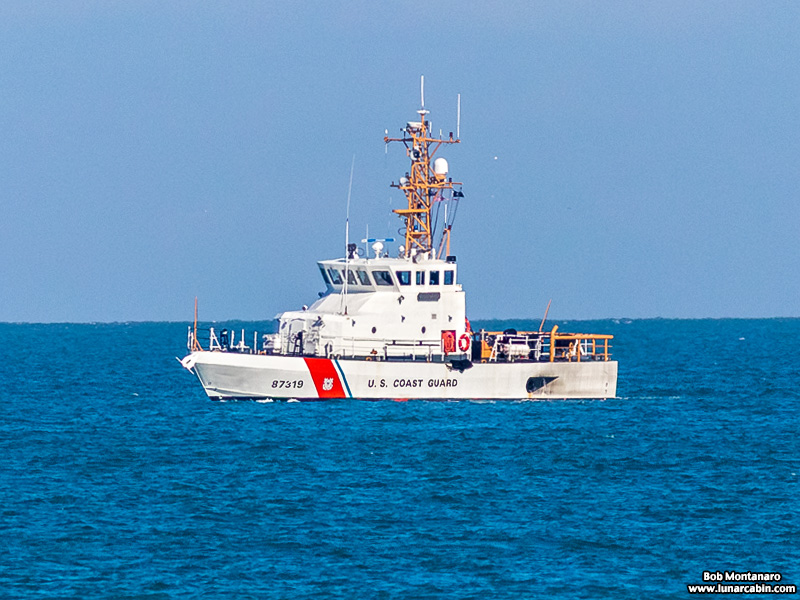 |
|
 |
|
 |
|
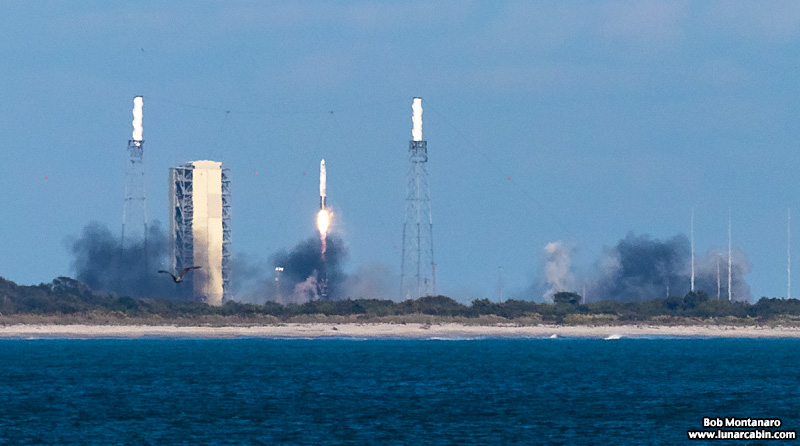 |
|
 |
|
 |
|
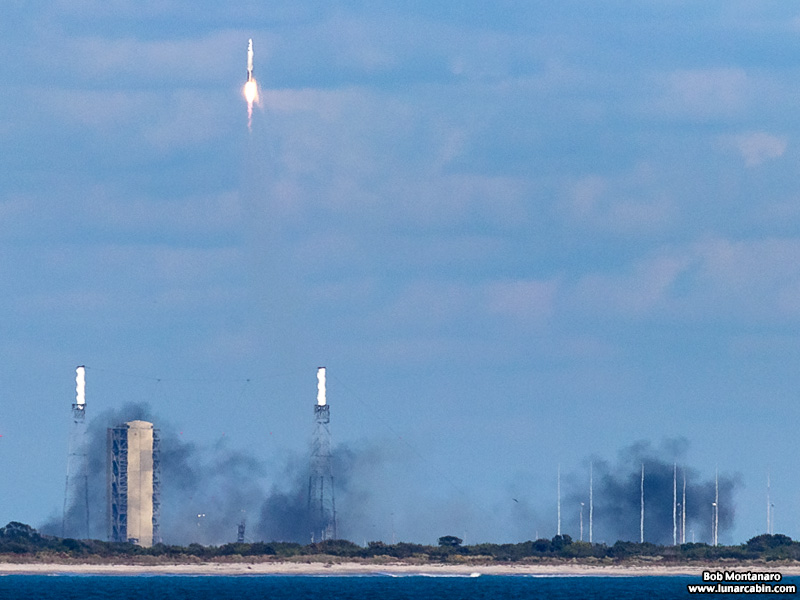 |
|
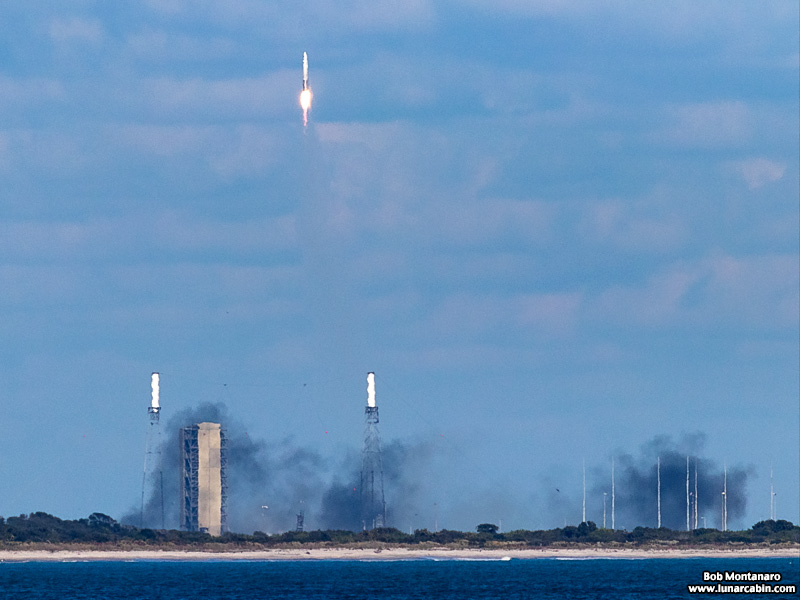 |
|
 |
|
 |
|
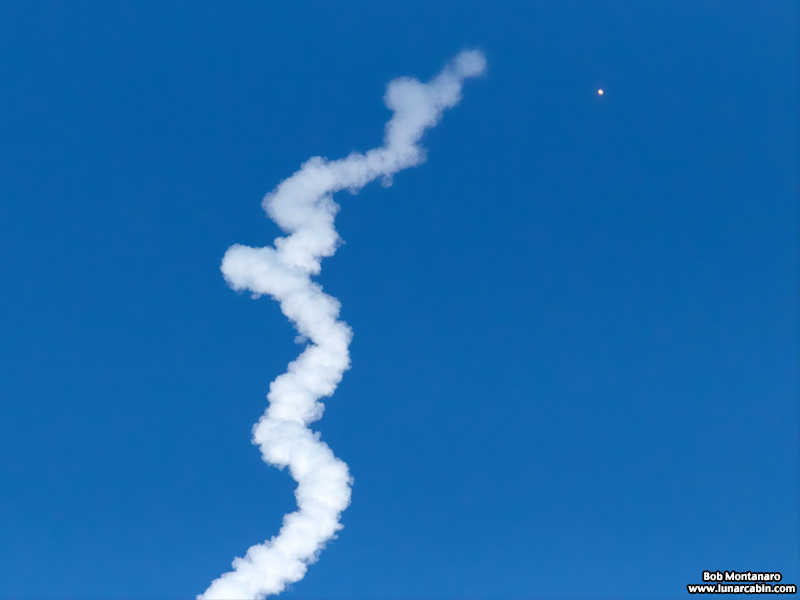 |
|
 |
|
| An anomaly occurred following separation of the first and second stages causing the second stage to tumble leading to loss of the vehicle and its satellite payload. | |
All contents copyright Lunar Cabin |
|